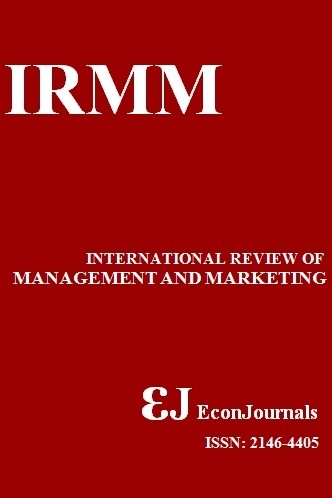Public Private Partnership in Malaysia: The Differences in Perceptions on the Criticality of Risk Factors and Allocation of Risks between the Private and Public Sectors
Public Private Partnership in Malaysia: The Differences in Perceptions on the Criticality of Risk Factors and Allocation of Risks between the Private and Public Sectors
Public Private Partnership (PPP) Infrastructure, Risk Factors, Policymakers and Private sectors,
- Başlangıç: 2011
- Yayıncı: İlhan ÖZTÜRK
Factors Influencing Youth’s Leadership Participation in Peninsular Malaysia
Derweanna Bah SİMPONG, Abdullah Al MAMUN, Mohd. Rosli MOHAMAD, Norsiah MAT, İsidore EKPE
Conceptualization of the Relationship between Brand Equity and Purchase Behavior
Olaleke Olusye OGUNNAİKE, Oladele Joseph KEHİNDE, Oluwadamilola Oluwatosin OMOYAYİ, Oluwamakinde Oluwamayowa POPOOLA, Andrew AMORUWA
Neda Sharifi Asadi Malafe, Masoud Ahmadi, Fahime Baei
Mohamed Hamdoun, Mahmoud Zouaoui
Fahime BAEİ, Masoud AHMADİ, Neda Sharifi Asadi MALAFEH, Abbasali BAEE
Tsvetan Davidkov, Desislava I. Yordanova
The Predictors of Career Success
Simona Salyova, Janka Taborecka-Petrovicova
Tourism Operator Sustainability Predictive Model in Marine Park
Zaleha Mohamad, Nurhafizah Ramli, Aidy Mohamed Shawal M. Muslim, Yii Siang Hii
Governance Improvement Post E-government Adoption: A Case of Jordanian Public Entities
